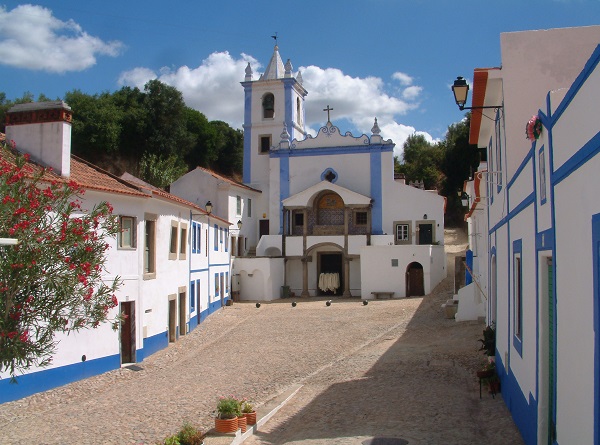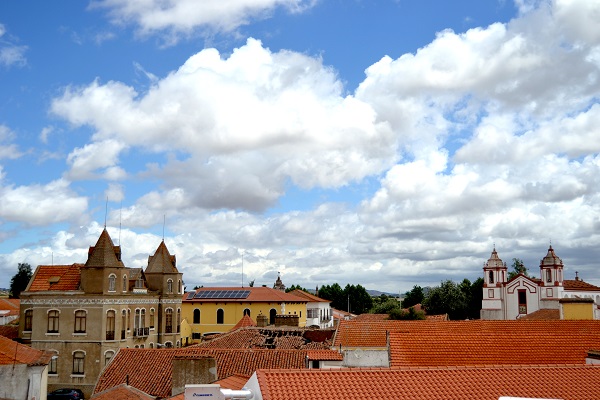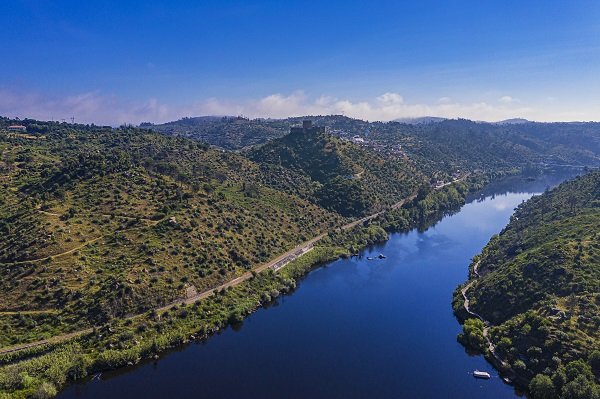These days we are all looking for the perfect place to escape to. Somewhere with few people, endless vistas, and just enough infrastructure to make life easy.
Portugal’s Alentejo takes up 30% of the country with just 5% of the population. Here we find endless plains, bright skies, oak forests and water everywhere from the Atlantic, to rivers, to lakes.
For those seeking an escape to the remote and charming corner of this region, here are a few ideas:
Mora

Set amid the rolling cork groves of the Alto Alentejo, Mora is a bit of a drive from any other town. On the back road, and well off the beaten path, this is a lovely corner of the world. Mora is divided into four small villages: Brotas, Cabeção, Mora and Pavia.
First known as "Cabeça de Mora” (Mora Head), because of its hilly location, Mora is home to the only aquarium in the region. Gameiro Ecological Park has a river beach, and the Fluviário de Mora- a freshwater aquarium. This modern aquarium has numerous exhibits on the lives of river fish, as well as a family of otters, who play and splash in the clean waters. And, there are lots of great fishing spots in and around the towns. Game is very popular in this region as well.
Brotas is worth a visit too. This tiny town is made up of blue and white houses that follow the natural slopes leading to the Santuário de Nossa Senhora de Brotas built centuries ago to celebrate the apparition of a herder and his cow. Unique with an outdoor altar, and Manueline and Baroque accents, it is covered in azulejo tiles, and surrounded by tiny houses that can be rented.
Mora is a farming and fishing town, and is known for its cuisine, from the tasty Migas de Espargos (Asparagus stuffing), Sopa de Cação (Dogfish Soup), Sopa de Coelho (Rabbit Soup), and Tomatada (Tomato Soup).
Vila Velha do Ródão
Vila Velha do Ródão is set on the River Tejo and is known for its "Portas de Ródão,” where the river sweeps in and there are lovely views. This is one of the most charming river landscapes in all of Portugal, and a great place to hike and explore. Once you hike and take in the views, try the local sheep’s milk cheese. The town has a renaissance church and a pillory from the same era. The natural Ródão of the region is everywhere, wild and remote. The Tejo River offers not only landscapes but food, like the local fish soup ("Sopa de Peixe”), and dishes of lamprey, eel and shad.
Cuba

Cuba
Cuba is often confused with the island in the Caribbean, but this one is quite ancient. The town has some 12 churches and monasteries dating back centuries. This sweet market town features lots of eateries, local inns that are quite affordable, and many Roman sites, including a bridge with 26 arches and the remains of a villa at Ruiva. Nearby are castles, palaces and cycling trails to explore.
Coruche
Coruche stands on the line between the Northern Alentejo and the Ribatejo region. A mix of rich farm land and cork and pine forests. The economy is based on farming, cork and pine nuts. It is washed by the Sorraia River, where fine rice is grown. But the town makes up about 8% of Portugal’s cork, and is called the Cork Capital of the World. The town has some very good local restaurants, all serving fresh local food based on its extensive system of farms. Today the center of town is bustling with shops and places to eat, as well as a new river walk.
Amieira do Tejo
This riverside town is a rare thing in Portugal, built on a castle that is a square, flanked by four towers on each end. No other Portuguese castle shares its design, and none rises from the center of a town, set on a river. The castle was built in the 14th century by Álvaro Gonçalves Pereira, the father of the legendary Saint D. Nuno Álvares Pereira. Today, it is well-preserved where the Main tower houses Gothic rooms. You can see the original cistern and grassy area in the walls and all with easy access to the Tejo. It is a small town that seems timeless. Here you can hike, cycle and swim - and watch the worries of the world slip away.



